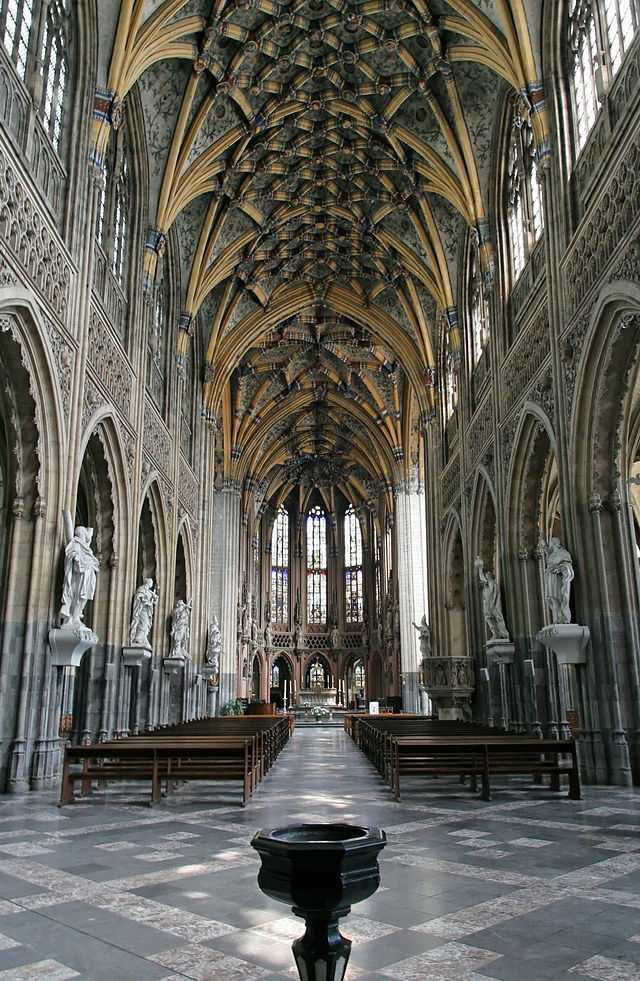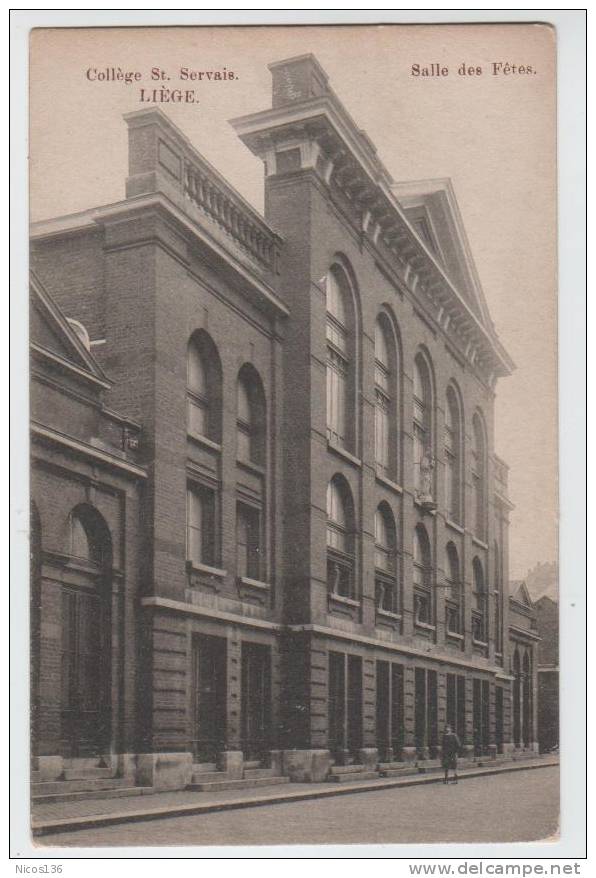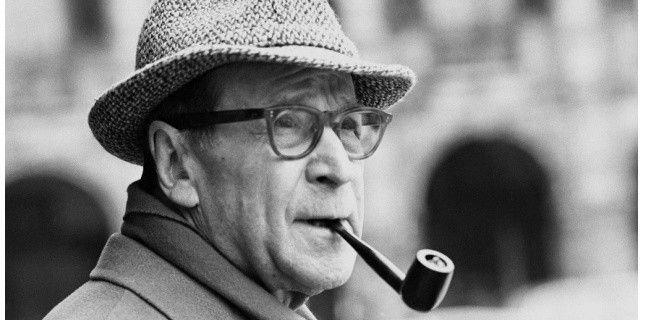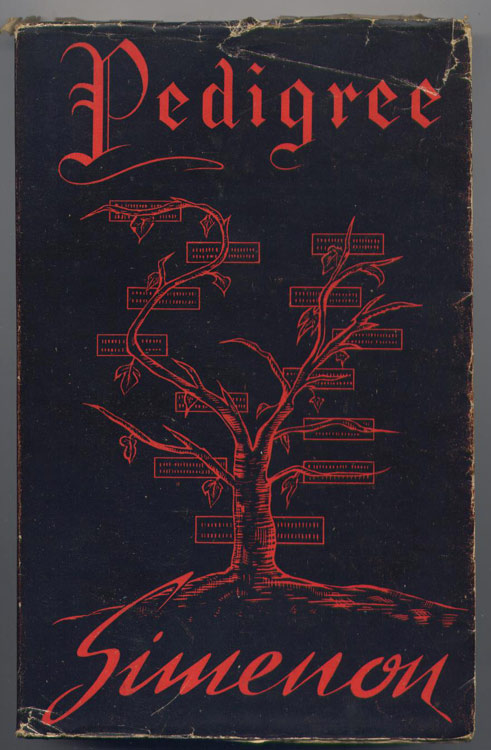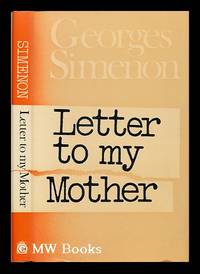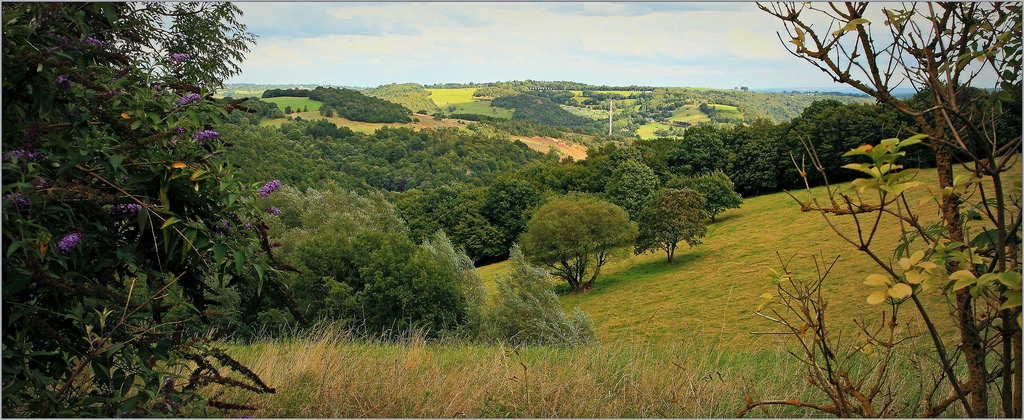We are in early October and the weather is still warm. Warm enough to get down the stairs of the Mont Saint-Martin without a coat and discover Liège coiled in its bowl.
We are walking on unequal and cobbled sidewalks. They are not very clean and they go along houses whose red bricks are blackened by time or maybe by the coal. We are going towards the Saint-Jacques Church for my grand-mother’s burial. We are passing by the factory on rue Trappé.
We are exchanging memories: the October Fair, its lacquemants and its shooting games, the visits to the philatelist, the weeks spent studying our exams at our grand-parents’ place, the shops and restaurants on rue Saint-Gilles. Eventually, we arrive in front of the Collège Saint-Servais.
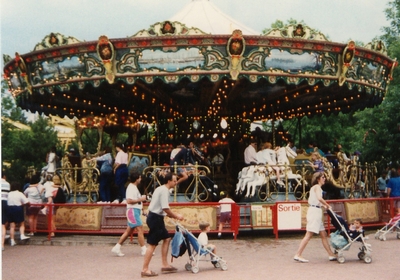
 Simenon finished his school years at Saint-Servais, but the neighborhood we are going through is not the one in which he grew up. He seems not to have appreciated – even to have hated- the Catholic bourgeoisie at Saint-Servais. He was also coming from a Catholic family, but a more modest one.
Simenon finished his school years at Saint-Servais, but the neighborhood we are going through is not the one in which he grew up. He seems not to have appreciated – even to have hated- the Catholic bourgeoisie at Saint-Servais. He was also coming from a Catholic family, but a more modest one.
In Pedigree, he describes the two families, the maternal and paternal one, their origins, their secrets, their fears and their measured ambitions. He also tells the rivalries in their midst: the brother who is envied, the one who wants to show off, those who are looked down. It sounds like the song Ces Gens-Là by Jacques Brel, another famous Belgian (even if he was not from Liège).
Pedigree is, probably with Lettre à ma Mère (Letter to My Mother), Simenon’s most intimate book. According to literary history, he wrote it after a cardiac alert. Did he want to write down his childhood and adolescence memories before it would be too late? The exegetes of his work always find biographic reminiscences in his novels: a first or last name which is recurrent, this posture, this type of dress or this mannerism which are common to many characters in his work. Pedigree is often the key which allows interpreting those links.
Simenon also writes about his first loves and his discovery of sexuality while on holidays during First World War on the hills of Embourg and Chaudfontaine a few kilometers from Liège. We know that his relationships with women were complex and multiple. The man who claimed to have had 10,000 women! Where did this appetite come from or rather this eternal dissatisfaction, or this never appeased need to confide? The specialists will still conjecture for long, but it is likely that the source is close to the Meuse banks in Liège or the hills that surrounds the city.
Credit for featured image: Eric Dodémont





